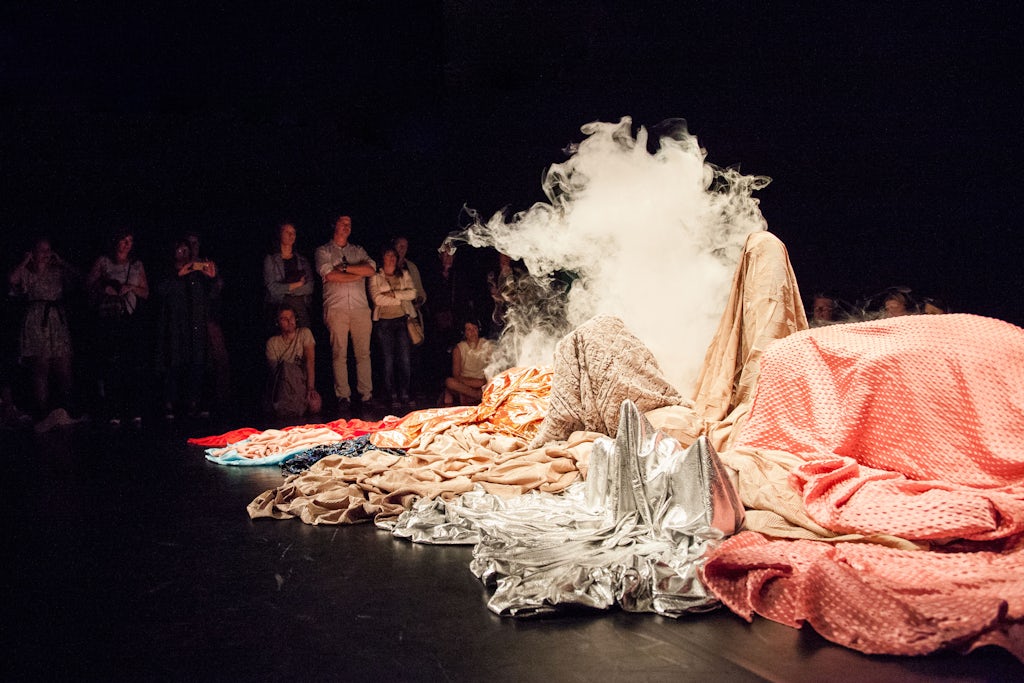Three new ideas for tomorrow about diversity in the arts

@ Leontien Allemeersch - TAZ - Blob - Maria Jerez Quintana
In the midst of the corona crisis, our thinking about alternatives for the future of the arts gained momentum. More solidarity, greater care for people and planet. This commitment was reinforced with a series of open calls of proposals under our A Fair New Idea?! project. The latest call concerns diversity* in the arts.
The jury for the last open call selected three proposals from the more than 30 entries.
- The Constant Now is organising a coaching trajectory for young visual artists of colour
- Marijn Prakke is initiating a discussion and exchange of ideas on disablism in the performing arts
- Silence Radio is setting up test audiences for those who want to better tailor their content to the needs of the deaf and hard of hearing
We will be supervising the selected projects during the course of 2022. We will record the knowledge they provide and allow it flow back to the sector.
Jury
A Fair New Idea?! works with independent juries. For this fourth and final call, our jury consisted of Robbin Brettar, Mira Bryssinck, Hans Dewitte, Zahra Eljadid, Malique Fye, Melih Gençboyacı and Herlinde Raeman.
A Fair New Idea?! Open Call 4 on diversity in the arts
The jury for the open call views diversity as a condition for sustainable cohesion, a driver of innovation, and necessary for broad social support for the arts. Which is why this latest call under “A Fair New Idea?!” went in search of ideas and proposals to strengthen diversity within our arts field. We did this from the perspective of intersectionality**: with special attention to the different dimensions in which people experience discrimination, and how they influence each other.
Discover the other ideas that have been entered.
* For a definition of diversity, see our article on the topic.
** Intersectionality assumes that different forms of discrimination exist and that they interact with each other. Which is why you cannot tackle one form of exclusion separately, but must look at the totality of oppression mechanisms.


